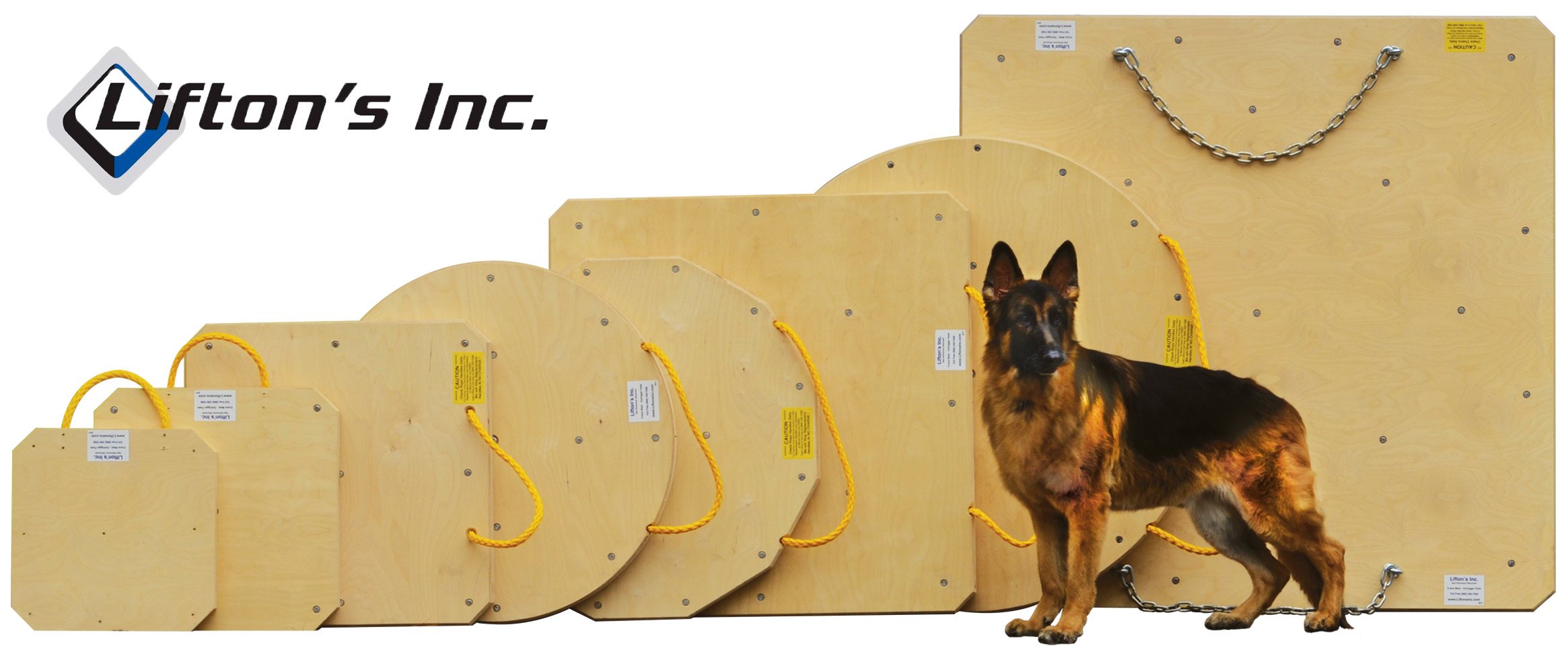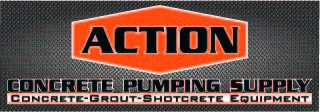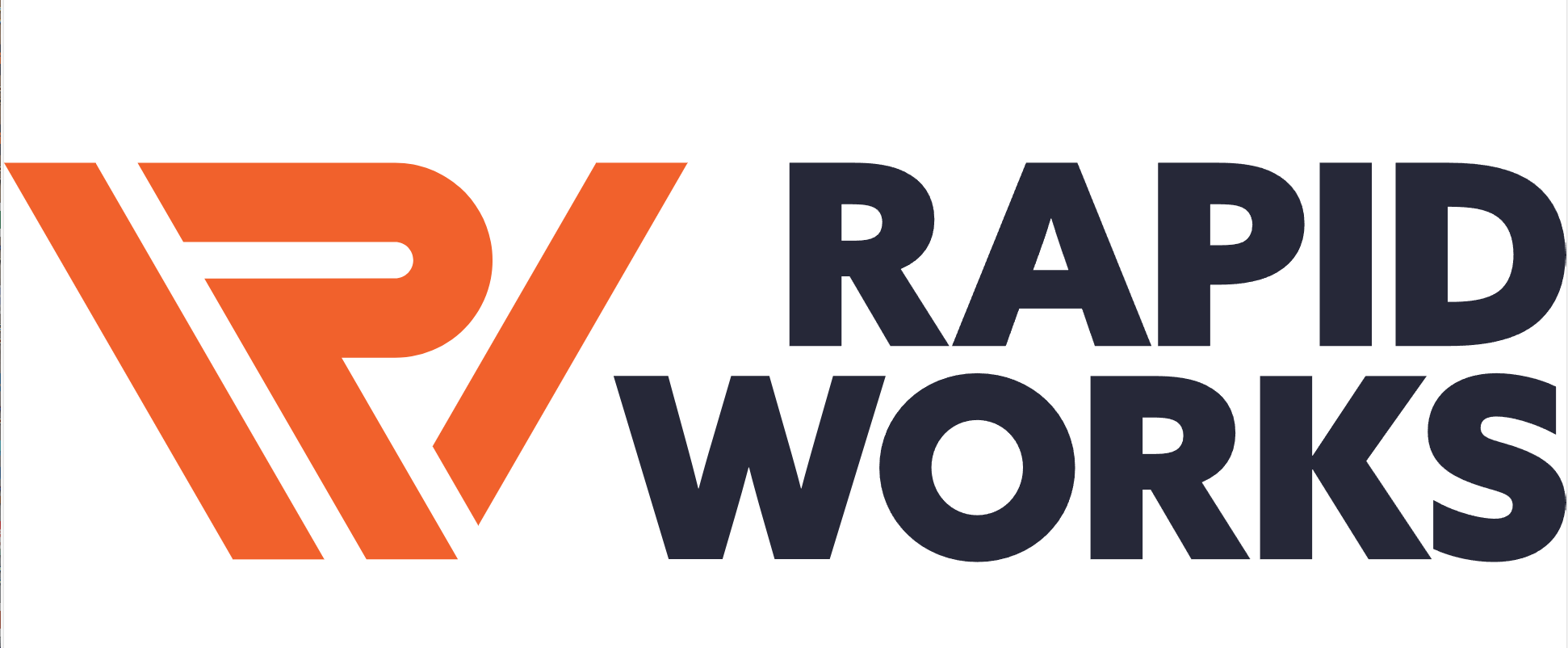| Todd | 10-21-2010 | comment profile send pm notify |
|
Did you know Doubling the velocity can increase the wear rate by 4-6 times.
Does everyone know this? |
||
| Todd | 10-21-2010 | reply profile send pm notify |
|
If I pump slower will my system last longer? The answer is yes. So I guess we try to make the operators pump as slow as possible while making the finishers happy. Never pump faster than you have to. |
||
| Todd | 10-21-2010 | reply profile send pm notify |
|
Here is the proof you need to see why its a good idea to pump as slow as you can at each job. written by Rod Edwards. Last week I was creating another nomograph. It was nothing new, I’ve made hundreds of them. I’ve written papers on their use for sizing pumps to job situations, and I thought I knew everything about them. This time, for whatever reason, a truth jumped off the page at me that I’d never considered before: the relationship between how fast you operate the pump, and the cost of running the pump. On the nomograph, increased velocity shows up as increased pressure. To the fleet owner, however, increased velocity shows up as increased maintenance costs, increased fuel consumption, and decreased pump life. In the late 1970’s I was a pump operator. During that time, I learned there were two ways to handle delivery and pumping speed. On a hot day, when concrete was being delivered sporadically, I pumped slowly, keeping the delivery rate of the pump matched with the delivery rate of the concrete. It was an easy call; I didn’t want a boom-party. On cooler days, you have more of a grace period with the concrete, and you can adopt a different style of operating. I’d pump the trucks out as quickly as I could, then wait for concrete. During that time, I could eat my lunch, visit the port-a-potty, grease the machine, etc. What I didn’t know was that the “full-blast-and-then-wait” style of operating was increasing the wear on the pipeline, hoses, and pump wear-parts by up to 300%. When the ready-mix truck was ready to dump, I pushed the throttle to maximum and turned the pump on. I might as well have been pushing a button that said “Spend Big Money.” Increased velocity also causes an increase in pressure. To visualize the effect, remember that concrete in a pipeline acts very much like sandpaper under pressure. Take a piece of sandpaper and rub it gently on a piece of wood. Some material is removed, but it would take a long time to wear down the wood. Increase the speed that you’re rubbing the wood, and it will take less time to wear down the wood. Now rub quickly and push REALLY HARD as you rub. It becomes easier to picture your pipeline evaporating, doesn’t it? Figure 1 shows a nomograph of an example pumping job, with three different pumping rates. The example assumes the following criteria: • The pump has a 200 Kw hydraulic pump setting, and a maximum 180 cubic yards/hour pumping rate. • The pump is equipped with 125 mm (5 inch) pipe, with a 200 feet proportional-value length (a 32 meter unit). • 4 inch slump concrete, 0 feet level difference between the pump and point of discharge. • Concrete is being delivered to the job at 60 cubic yards/hour. The dark blue line represents a pump running at a flow rate that exactly matches the concrete being delivered to the job. This is a bit of dreamland, I know. Concrete NEVER arrives at exactly spaced intervals, just as it’s needed. Still, the closer you could come to running at this speed, the less your maintenance costs. You can see that pressure needed to place the concrete at this speed is only about 171 PSI. Figure 1. The red line represents what happens if the pump is run at twice the speed of the arriving concrete, which provides for breaks between loads. As you can see, it now requires about 341 PSI to move the concrete through the pipeline. The green line represents what happens if the operator simply puts everything to maximum speed and turns on the pump. Velocity through the pipe is three times what it needs to be, and it takes about 514 PSI to move the concrete through the pipe. Wear is vastly accelerated on the pipe components, rams, concrete valve, and the hydraulic system. Additionally, fuel consumption is at maximum. The job is not finished any sooner… concrete is STILL arriving to the job at 60 cubic yards per hour. Only your maintenance and operating costs have increased. In reality, even the most cost-conscious operator couldn’t realize the flow rate represented by the blue line. There WILL be gaps in concrete delivery, and the operator WILL need bathroom breaks, lunch breaks, and time to grease the components. Still, somewhere in between the blue line and the red line is what’s possible for a normal jobsite— and your most economical operation. How can you begin to realize these cost savings? Perhaps a bonus plan tied to maintenance costs. Knowledge is the first step. When I was a pump operator, I was unaware of these facts, and would have saved my employer quite a bit of money, had I known.
http://www.concretepumping.com/dictionary/index.php/Stop_Pushing_the_Big_Money_Button_on_your_pumps
|
||
| Vasa | 10-21-2010 | reply profile send pm notify |
|
They learn that at Putzmeister-Academy . They learn alot about the pumps and pumping , it is worth every dollar it cost. |
||
| Many | 10-21-2010 | reply profile send pm notify |
|
Said that for years,and just how many remember a 40 yd per hr rate as kick'n ? Reducing boom pipe really gets the wear,a byproduct,a safer pour. |
||
| Pump N00b | 10-21-2010 | reply profile send pm notify |
|
And smaller diameter pipe also increases wear since the speed of the mud going through increases incredibly just by going down .5" diameter. |
||
| rusty22 | 10-22-2010 | reply profile send pm notify |
|
It still comes down to what the customer wants.The type of pour,slab,wall,bridge deck or mat pour.Thats what controls the speed
|
||
| PUMBO | 10-22-2010 | reply profile send pm notify |
|
That graph, athough detailed, is vague / inconsistent. Typical wear is not all about velocity but also proportional to the mix design being pumped, the weight of the mix, the size of the pipeline, the pipe material, the amount of bends in the line, the length of pipes, and the way the boom is operated. |
||
| Many | 10-22-2010 | reply profile send pm notify |
|
It still comes down to what the customer wants.The type of pour,slab,wall,bridge deck or mat pour.Thats what controls the speed Unfortunatly,that's the stark reality,good point.Sometimes an overlooked point is using 2 pumps to get the same results.It slows the yards per hour on each pump,giving a safer pour. |
||
| Dipstick | 10-22-2010 | reply profile send pm notify |
|
The customer controls the speed up to a sertain point. But you can always try to screw it down a bit. Very often you cant mannage the max due to boomdancing etc anyway. No one will know if you could push it a bit more or not. No need to 'show off' |
||
| Vasa | 10-22-2010 | reply profile send pm notify |
|
I'am the Captain of My ship , it's like dipstick say . The customer can try to control the volume to a point but I am the Operator and have never been sent home , they use to order "Vasa" when they call for a pump , 20m 30m or 40m size ( I am not bragging , We have better operators but I'am the nices ! ;-) ) . I try to manage every job with My 46m . |
||
| concrete canon | 10-22-2010 | reply profile send pm notify |
|
You don't have to be a rocketscientist to know that wear increases by pumping on a higher speed. anyone can pump on high speed but slow pumping is an art with a capital 'A'.
always pump on delivery rate has a lot of advances, less wear, finishers happy , boss happy, operator has an easy job |
||
| Many | 10-22-2010 | reply profile send pm notify |
|
In a way this is directed to the older hands.How many remember when the 100 yd hr machines you could almost bet where the wear was.Say like the 900/1200 schwings,even with the cheaper pipe.Seems like life was so much easier then,alot less accidents too.Now with the advent of super booms,odd size pipe,admixtures,huge pump kits,our life really changed.These newer pipes are wearing in the darnest places.Things used to wear on the outer radius,heck,a crapshoot now. Just a reflection of days gone by |
||
| Vasa | 10-22-2010 | reply profile send pm notify |
|
I started My career with a Schwing 23-4 / bpl 900 pumpkit , b&w.... It still operates in another part of Sweden , We own it yet . It runs and runs.... Do the service , drain the hydrulicoil often , greas and more greas and they last for ever... |
||
| bigstick | 10-22-2010 | reply profile send pm notify |
|
One of the greatest inventions was when Schwing introduced the 4 1/2 in tip hose. The customer thinks its a five inch, all you have to do is run the pump fast until the hose fills and then cut it back. Made thousands of extra dollars over the years. As long as the customer thinks he's getting a high output, then everything is cool. You dont need to run a pump wide open all the time to be a hero. Perception is reality! |
||
| CaSsE | 10-23-2010 | reply profile send pm notify |
|
That´s why you can buy a Keylock for the velocity control. Setting limits min-max by the owner, so the operators can not change them for just an extra break. |
||
| 16 CELL | 10-23-2010 | reply profile send pm notify |
|
would be interesting to see a graph on how tip hose size affects pipe wear. We often pump slow, but through a small diameter tip hose and/or a couple hundred feet of line off the boom. |
||








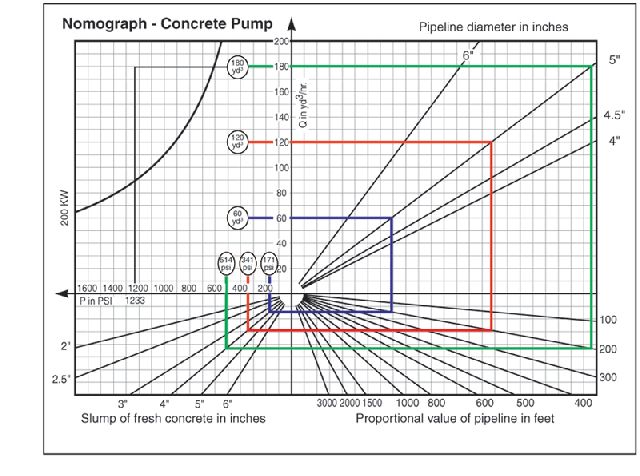



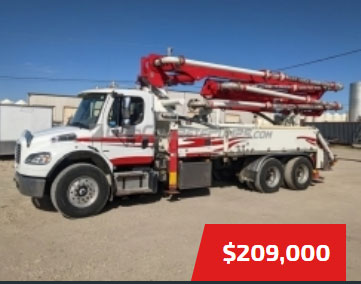


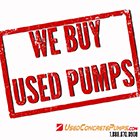





.jpg)
.gif)

.jpg)









.jpg)
